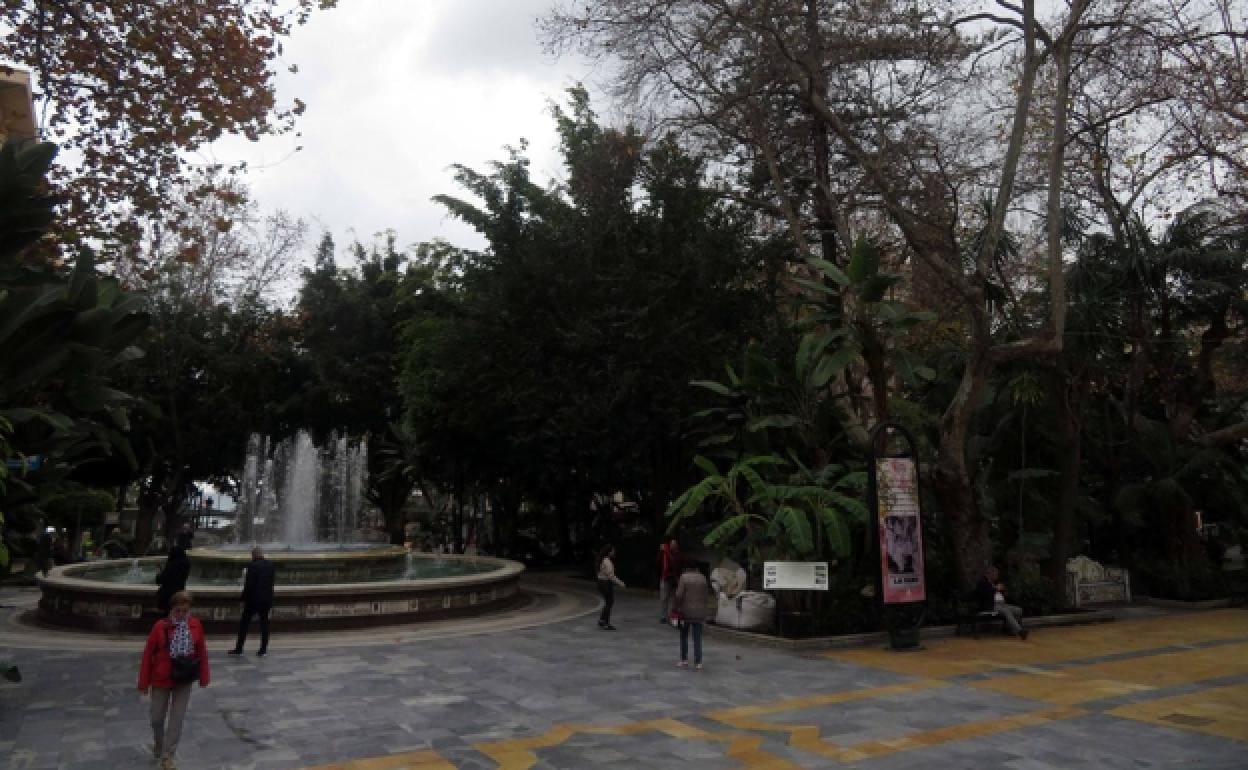The fascinating history of Marbella's Alameda gardens
HISTORY ·
A local historian has reviewed the creation and evolution of the town's Alameda gardens after the controversy caused by its remodellingJOAQUINA DUEÑAS
MARBELLA.
Monday, 20 February 2023
The popular Alameda gardens in the centre of Marbella, undergoing a complete refurbishment, “must be preserved” a local historian has argued.
Francisco Javier Moreno said the tree-lined area was “the pride” of the Costa del Sol town in the the nineteenth century and that it is a “place with a historical intensity that must be preserved”. Moreno said that such gardens became increasingly important from the eighteenth century when towns and cities "competed to see who could make the most beautiful and luxurious boulevard. The emerging bourgeoisie was becoming increasingly important and the alameda was the symbol of their status".
In Marbella, the first reference to the gardens dates back to 1733, when the mayor Diego de Falla y Villa "planted an alameda from the Ejido fountain, which was in the vicinity of what is now Avenida Nabeul, to the neighbourhood of La Marina, below Avenida Miguel Cano".
The planted black and white poplars occupied a much larger area than the Alameda does today. Everything changed with the arrival of the Marbella Iron Ore Company, which needed part of the gardens to build its mining facilities Moreno said.
In 1871 a restructuring of the gardens in honour of Queen Isabel II was completed. This comprised a central corridor of some 130 metres in length and two roundabouts, one where the Rociera fountain is now.
The roundabouts were encircled by benches which were built of stone with iron backs. "One of the symbols of this new park was the ironwork, the iron that the British company financed for the concession of the land," Moreno explained. This was where “the well-to-do people went to stroll" he added.
Moreno lamented the gardens’ fall from grace after the Civil War with new roads and, from the 1960s, the introduction of fast-growing tropical plants.
But "the finishing touch" came from Jesús Gil during his time as mayor the historian said. Moreno blasted Gil for "laying the marble, which has meant the death of many of the trees".
